31 Dec 2018 - {{hitsCtrl.values.hits}}
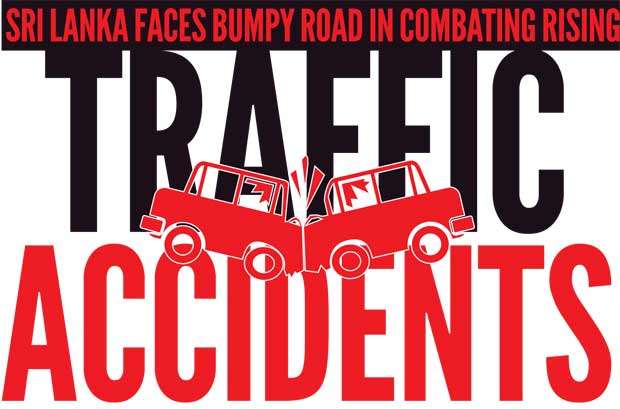
Accidents also ignite much finger pointing and blaming. Some blame it on bad luck, while others point to negligence or structural lapses. The question of who is  responsible for increasing road mishaps remain open. Is it motorists, or pedestrians? Could it be bad road design and infrastructure? Or is it a combination of these factors?
responsible for increasing road mishaps remain open. Is it motorists, or pedestrians? Could it be bad road design and infrastructure? Or is it a combination of these factors?
What remains clear is that everyone concerned must take serious note of the problem. A staggering 19,061 traffic-related deaths have been reported since 2012, of which 3,153 occurred last year, which was the highest. According to the World Health Organization (WHO), traffic-related deaths in Sri Lanka in 2017 accounted for 2.80 percent of total deaths that year. The WHO age-adjusted death rate of 16.33 per 100,000 persons ranks Sri Lanka 98 in the world.
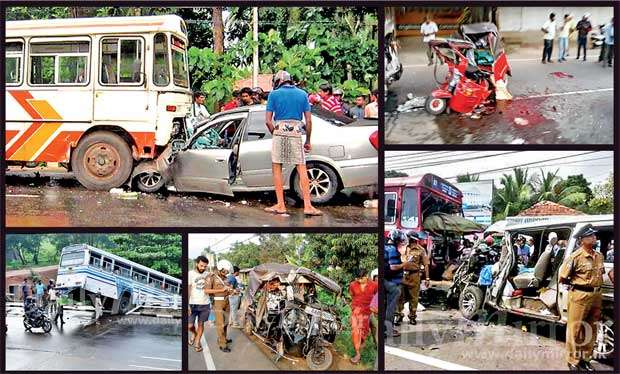
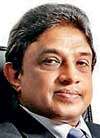 “Authorities not keen on taking effective steps to address the issue”
“Authorities not keen on taking effective steps to address the issue” Authorities have been ineffective in controlling increasing road accidents, said Prof. Amal Kumarage of the Moratuwa University. Speaking to Daily Mirror, Prof Kumarage said: “The development taking place in the country has not effectively contributed to making mobility and safer travel a priority. Even though priority is given to the accommodation of more vehicles and widening roads, less importance is placed on people’s safety.”
Drivers are often blamed for accidents, but this assumption is not always correct, stresses Prof. Kumarage, who works at the university’s Department of Transport and Logistics Management. “There are several other parameters that are equally important when considering road accidents. Minimum standards in roads designing, unsafe junctions, bends and pedestrian crossings, visibility at night, and potential black spots, have not been properly dealt with,” he said.
Prof. Kumarage noted that inadequate safety precautions and more vehicles had directly contributed to more accidents. He added that people’s failure to follow road signs also caused many accidents. “Inadequate safety standards in vehicles are another major reason for escalating accidents. Most inexpensive vehicles in
Sri Lanka lack adequate safety modes, resulting in grave harm during accidents,” he said. “Authorities should ensure that all vehicles are properly equipped, and airbags must be made compulsory,” he stressed.
While public transport is the safest mode of transport, authorities ignore this vital sector, the professor noted. “When public transport was ignored and neglected, people shifted to three wheelers and motorbikes, which are the most unsafe modes of transport. This has made people more vulnerable to road accidents,” the professor said.
As an initial measure, Prof. Kumarage recommended the continual monitoring of roads. “Drivers must be well trained before being allowed to drive,” he said, adding that insurance should not focus only on vehicles, but also on passengers. “We need to place more value on human life. The public, insurance companies and law enforcement authorities should collaborate and play a more responsible role to minimise road accidents, and place more value on human life,” Prof. Kumarage said. “I believe that a road safety audit should be conducted on every road to identify road accidents in terms of where, when and why,” he noted. The professor emphasized that deaths reported due to road accidents might surpass deaths reported in the three decades of war.
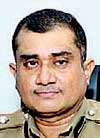 “The root cause is people’s lack of discipline on roads”
“The root cause is people’s lack of discipline on roads” The lack of discipline of drivers and pedestrians was the root cause for the road accidents, said SP Indika Hapugoda, Director of Traffic Administration and Road Safety. Speaking to Daily Mirror, he said: “People mostly use motor bikes and three wheelers, which are 56 percent of all vehicles, and are susceptible to accidents. Some 140-150 accidents occur daily in Sri Lanka, of which eight deaths are reported.”
According to the Department of Motor Traffic, in 2008 Sri Lanka had 3,390,993 vehicles, but this more than doubled in 2017 to 7,247,122 - and in 2018 the number exceeded 7.5 million. Despite this, roads had not been widened or increased, but some were upgraded, the SP said. “The development of roads was not sufficient to cope with the rise of vehicle numbers. Therefore, what should have been done is to increase the roads as the number of vehicles increased,” he said. Most accidents occurred on Friday, Monday and Wednesday, between 4.00 pm to 8.00 pm, he said.
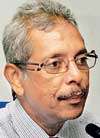 “A road accident occurs every 10 minutes”
“A road accident occurs every 10 minutes” Nationally, a road accident occurs every 10 minutes, and consequently eight deaths are reported, says Dr. Thilak Siriwardana. Speaking to Daily Mirror, Dr. Siriwardana, who is Director of the Non-Communicable Diseases Unit of the Health Ministry, said: “A total 3,000 persons die annually due to road accidents. Most victims are men, and it’s mainly youth between 18-25 years who fall victim to road accidents. The majority of accidents occur due to the negligence of both motorists and pedestrians.”
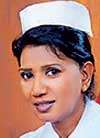 “20 percent of hospital admissions due to road accidents”
“20 percent of hospital admissions due to road accidents” The Accident Ward of the Colombo National Hospital admits 400-500 of persons daily, of which 20 percent are road accident victims, hospital coordinator Pushpa Ramyani de Soysa said. Speaking to Daily Mirror, Ms. de Soysa said: “A total 75 percent of those admitted are male, while 30 percent are female. The majority of admissions are victims of motorbike accidents, and secondly pedestrians.” She added that 163 road accidents were reported on December 24 and 25, marking an 18 percent increase from last year.
1. Between a vehicle and another vehicle.
2. Vehicle colliding with a person
3. Vehicle colliding with movable or unmovable property
4. When a vehicle goes off the road
5. A person being knocked down with another person.
6. Due to natural or man-made disaster
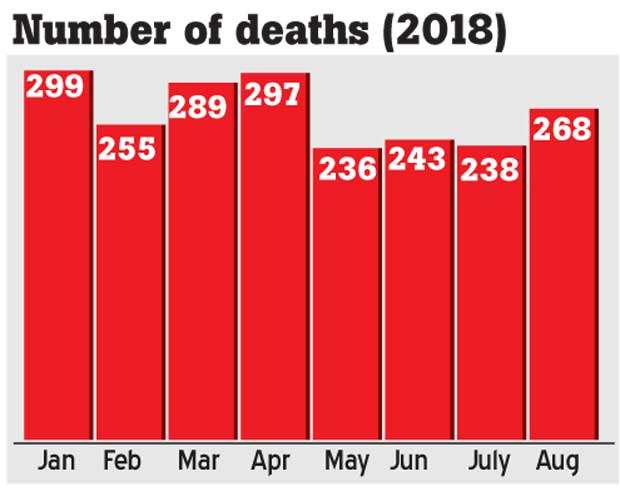
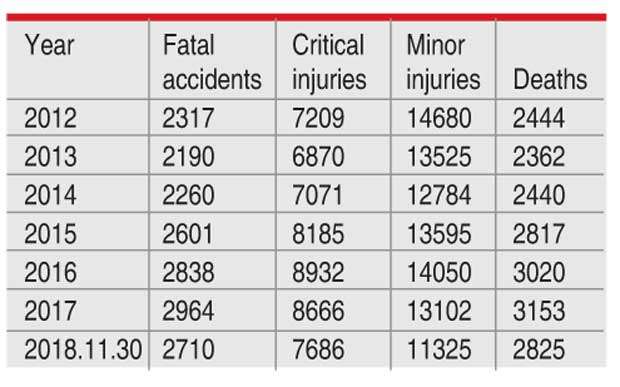
23 Nov 2024 8 hours ago
23 Nov 2024 8 hours ago
23 Nov 2024 23 Nov 2024
23 Nov 2024 23 Nov 2024
23 Nov 2024 23 Nov 2024